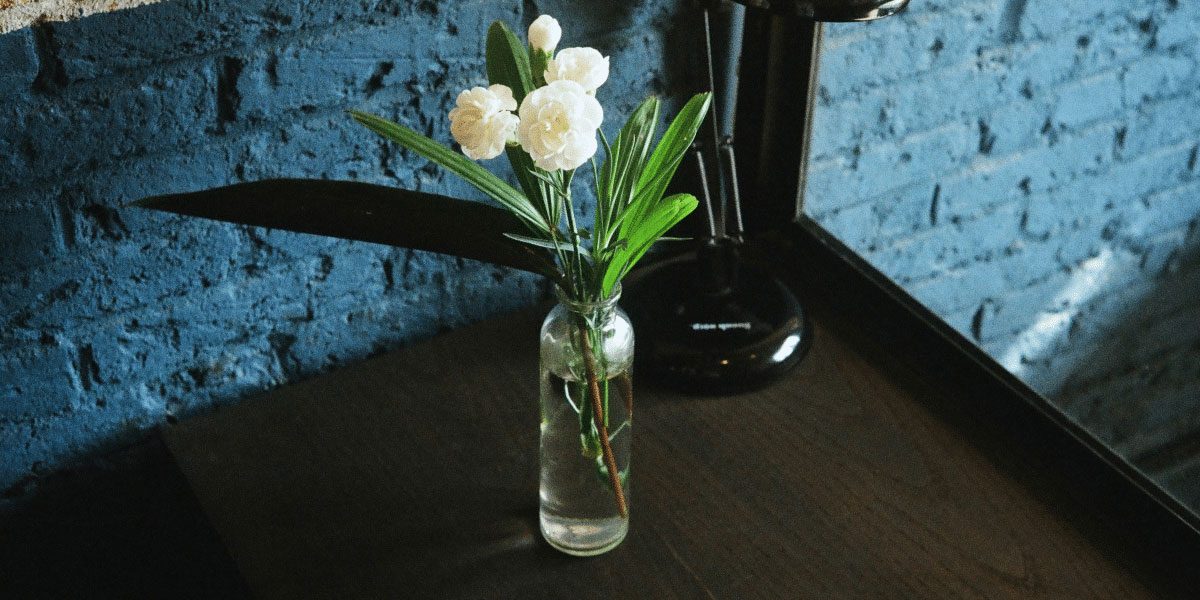Anyone who’s stopped to smell the roses knows that flowers have a powerful effect on our senses. But did you know that the scent of certain flowers, when concentrated into essential oils, is believed to have potential benefits for our mood, stress levels, and overall well-being? Let’s dive into the world of floral essential oils and how they’re used in aromatherapy.
From Petals to Potent Oils: Extraction Methods
Picture this: a field of lavender swaying in the summer breeze, or a basket overflowing with velvety rose petals. Now, imagine capturing the essence of those flowers in a tiny bottle. Steam distillation is the most common way to do this. Think of it like making fragrant tea. The flowers are placed in a chamber, and steam is forced through them. This steam carries the plant’s aromatic oils with it, and as the steam cools, it condenses into a mixture of water and essential oil. Since oil and water don’t like to mix, they’re easily separated, leaving you with that pure, concentrated floral essence.
Sometimes, a more hands-on approach is needed. Expression is perfect for citrus oils and occasionally delicate blooms like neroli. It’s as simple as it sounds! The flowers or rinds are basically squeezed or pressed to release their precious oils. This method often offers a slightly different aroma profile than distillation, capturing a fresher, sometimes ‘greener’ side to the scent.
Then there’s solvent extraction – the delicate flower’s answer to high-tech chemistry! This process involves bathing the flower petals in a solvent that pulls out the essential oils. The solvent is then evaporated off, leaving behind what’s called an “absolute.” Absolutes are incredibly concentrated and often used in high-end perfumery. While a little less ‘natural’ than steam distillation, it’s the only way to capture the true scent of flowers like jasmine, whose delicate blossoms wouldn’t survive the heat of steam.
“It’s amazing how different methods can unlock different facets of a flower’s scent. This is why a skilled aromatherapist carefully considers a specific oil’s extraction process, as it impacts the final therapeutic effect,” observes a researcher specializing in essential oil chemistry.
Floral Favorites in Aromatherapy
Some of the most popular floral essential oils in aromatherapy include:
- Lavender: The reigning queen of calming scents! Lavender is beloved for promoting relaxation, reducing stress, and aiding sleep.
- Rose: A luxurious scent with a long history in perfumery and healing. Rose essential oil is thought to be soothing for anxiety, grief, and even to ease PMS symptoms.
- Chamomile: This gentle, sweet-smelling oil is known for its calming and sleep-inducing properties. Great for easing restlessness and irritability.
- Jasmine: A rich, exotic floral often associated with sensuality, but jasmine essential oil is also said to boost optimism and fight off feelings of apathy.
- Ylang Ylang: This tropical flower produces a sweet, heady scent believed to lower blood pressure, ease tension, and act as a mood lifter.
Aromatherapy Applications: How to Use Floral Oils
There are several ways to enjoy the benefits of floral aromatherapy:
- Diffusers: Add a few drops of your chosen oil to an aromatherapy diffuser to subtly scent a room and create a calming or uplifting atmosphere.
- Bath Time: Add some essential oil to a warm bath for a luxurious and relaxing soak. Always dilute essential oils in a carrier oil (like sweet almond oil) before adding to water to avoid skin irritation.
- Massage: Combine a few drops of essential oil with a carrier oil for a relaxing massage that nourishes both mind and skin.
- Topical Application: Some essential oils, like lavender, can be carefully applied directly to the skin in small amounts (always do a patch test first!).
Important Note: Essential oils are potent. Always do your research, dilute them properly, and check for any sensitivities before use, especially if pregnant or have health conditions.
The Power of Scent and Mood
While more research is needed, the use of floral essential oils in aromatherapy seems to be linked to the powerful connection between scent and memory. Aromas can trigger positive memories and emotions, promoting a sense of calm or lifting our spirits. Plus, the simple act of using aromatherapy – choosing an oil, inhaling the scent, creating a relaxing environment – is a form of self-care ritual that itself can be stress-reducing.
“The scents of certain flowers have the ability to transport us and evoke powerful emotions. Whether the effects are purely psychological or something more, they can be a valuable tool in our well-being toolkit,” notes a Certified Aromatherapist.





